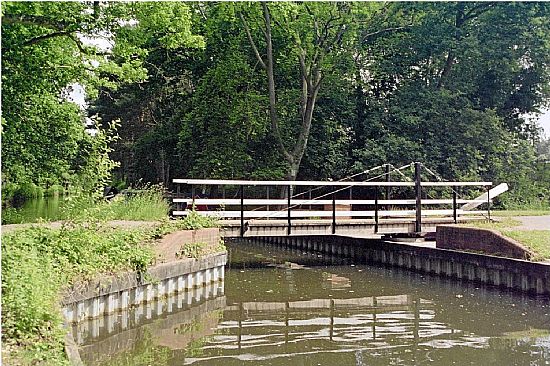
The Canal took seven years to construct starting in 1787. The work included 29 locks which were required to raise the water level from the River Wey up to the plateau in Hampshire, a height of 245ft. The waterway could carry cargo by barge from Basingstoke to the River Wey at Woking, a distance of about 32mls. Competition from the railways in the 1840s meant that most freight was now switched to rail and the Canal lost most of its lucrative trade. A short respite arose in the 1850s as a result of building the Aldershot Camp. However, the Canal slowly fell into decline and was taken over by the official receiver, since when the Canal had a chequered history under private management.
After WWII attempts were made to run the Canal as a business but the backlog of maintenance meant that by 1964 the Canal was derelict. A decision had to be made about the future of the Canal. The option of filling it in was turned down when it was realized that the Canal provided an important reservoir for drainage from the surrounding land, especially the Aldershot Parade Ground and the adjacent railway.
Restoration began in 1974 using largely voluntary labour with help from a steam dredger. The 28 locks were also restored to full working order.
In 1991 the Canal was officially re-opened by HRH the Duke of Kent, at which time Hampshire and Surrey County Councils handed over the management of the Canal to a joint Authority known as The Basingstoke Canal Authority, who operate from the Basingstoke Canal Centre at Mytchett.

